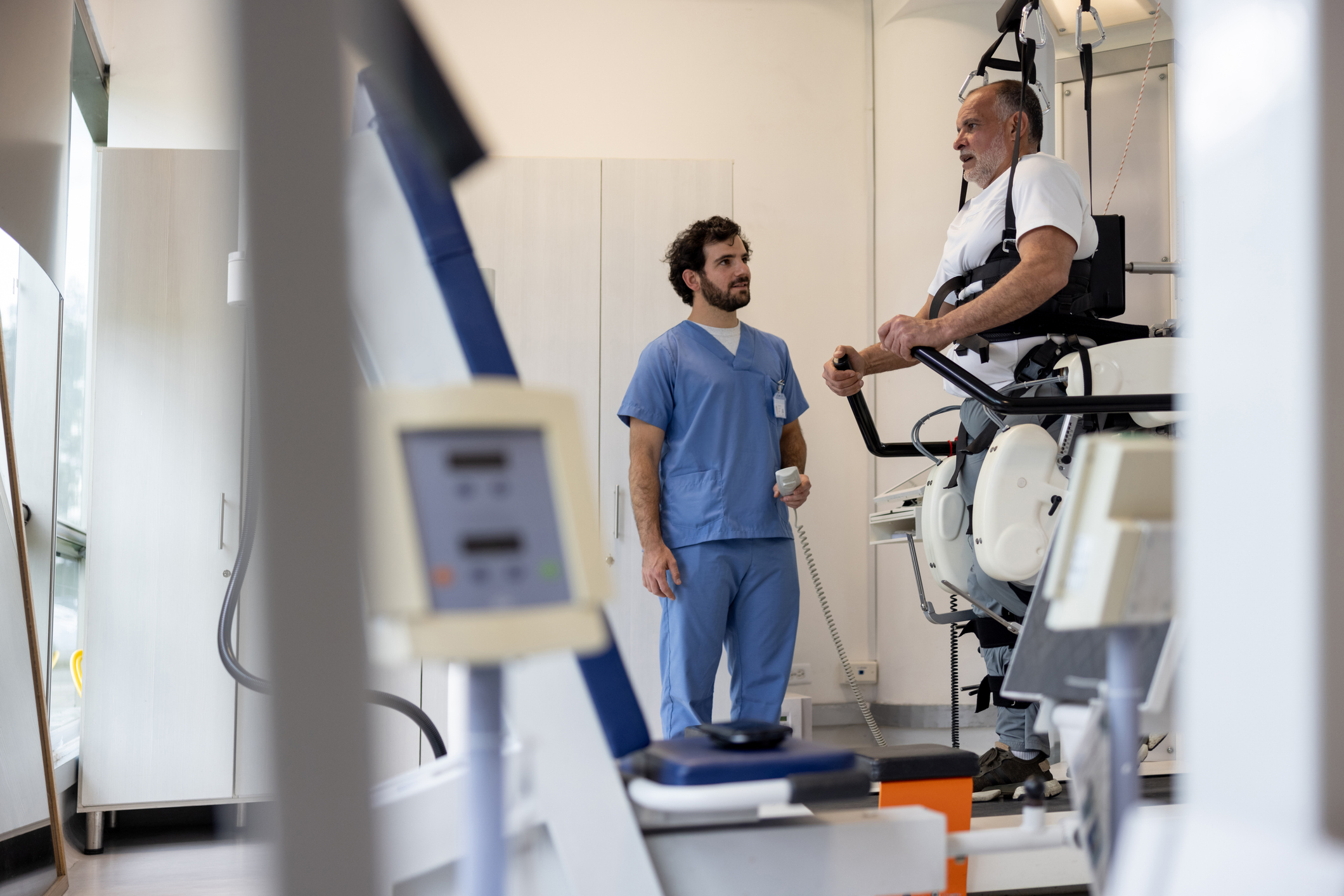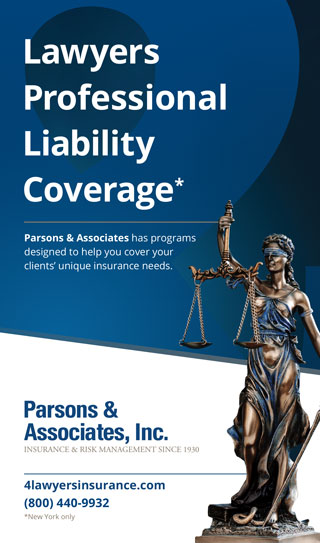High-value equipment plays a critical role in rehabilitation services. From physical therapy machines to diagnostic tools, these assets impact patient care and daily operations directly. For insurance agents, understanding the financial risk tied to this equipment is essential. Damage, theft or malfunction can disrupt care and lead to significant losses for your clients. Learn how to better support rehab centers by offering high-value equipment coverage for their equipment.
The types of equipment
Rehab centers rely on a wide range of specialized equipment—including physical therapy machines, mobility aids, diagnostic tools and assistive devices. Often, these items are costly and essential for providing quality care to patients. Some equipment, like advanced therapeutic devices, may have a high replacement value, while others are critical for daily operations.
The insurance risks of rehabilitation facilities arise when these assets are not covered properly, leaving them vulnerable to theft, breakdowns or damage. Your job is to identify every major asset that needs protection. Failing to account for even a single piece of essential equipment could leave a costly gap in coverage.
Why specialized coverage is necessary
General property insurance often falls short when it comes to the unique needs of high-value equipment in rehab centers. These items are critical for patient care, and any damage or loss can disrupt operations, leading to costly delays. Standard insurance may not fully replace expensive equipment or account for its specialized functions.
Offering specialized coverage allows rehab centers to safeguard their investments from theft, breakdowns or malfunctions. You should tailor policies to fit your client’s needs, ensuring comprehensive protection that covers all aspects of their high-value equipment and minimizing financial risks.
How to determine the value of equipment
Determining the value of rehab equipment for insurance purposes requires a thorough appraisal process. Start by assessing the original purchase cost, factoring in depreciation, as high-value items lose value over time. Consider the current market value, including replacement costs and any upgrades or modifications made to the equipment.
It’s also important to account for the frequency and intensity of usage, as this can impact the equipment’s lifespan. Collaborating with the rehab center’s management and reviewing maintenance records can provide additional insights. Insurance agents should ensure that all equipment is valued accurately to ensure adequate coverage in case of damage or loss.
Offer the right coverage plan
The decision between replacement cost coverage and actual cash value coverage hinges on several factors. As an agent, assess the value, usage and risk associated with each piece of equipment. Replacement cost coverage, though more expensive, can be pivotal for rehab centers as it compensates for the full cost of replacing equipment with new, equivalent items. This is especially important for technologically advanced or critical therapeutic devices when downtime affects patient care.
Conversely, actual cash value coverage considers depreciation, resulting in lower premiums and reduced payouts. Discuss these options with your clients, explaining the implications of each choice to help them make an informed decision based on their operational needs and financial constraints.
Best practices
Mitigating risk for high-value rehab equipment involves implementing preventive measures to reduce potential damage or theft. Regular maintenance and servicing are essential to ensure that equipment remains in optimal condition, preventing costly breakdowns. Encourage your clients to invest in security systems, including surveillance and access controls, to deter theft and vandalism.
Establish and enforce clear equipment usage policies among staff to minimize accidental damage. Training on proper equipment handling and immediate reporting of issues should be standard practice in rehab centers. These steps not only protect the equipment but also ensure that insurance claims remain valid and uncontested.
Common mistakes to avoid
Insurance agents must be vigilant to ensure their rehab center clients do not underinsure their equipment. A common oversight is underestimating the replacement costs, which can lead to inadequate coverage in the event of a claim. Health care facilities experience significant equipment losses each year due to theft and inadequate insurance coverage. Rehab centers can avoid becoming part of these statistics by ensuring accurate valuations and comprehensive coverage. Sometimes centers fail to update their policies after buying new equipment or modifying existing items, which can leave gaps in protection.
Regularly update insurance policies to reflect new acquisitions or enhancements to existing equipment. Another frequent mistake is assuming that general property insurance adequately covers specialized medical equipment. To prevent these errors, conduct thorough annual reviews of all policies to adjust coverage as necessary and keep it in line with the current values and needs of the facility.
Clear communication is essential
For insurance agents, building a robust understanding of a rehab center’s operations is crucial. Dive deep into the details of the equipment types, usage patterns and associated risks. This knowledge allows you to tailor coverage accurately and propose solutions that meet the specific needs of each center.
Offer ongoing support and advice, helping rehab centers navigate the complexities of commercial insurance coverage. Maintain open lines of communication to adjust policies as the center grows or shifts focus, to help ensure that coverage remains relevant and comprehensive. Strong client relationships are essential for delivering personalized service and responding effectively to changing insurance needs.
Ensure protection
High-value equipment coverage is vital for rehab centers. By selecting appropriate insurance plans, accurately valuing equipment, and implementing best practices for risk mitigation, agents can help to safeguard the interests of their clients.
Long-term success and security in the rehabilitation sector depend heavily on how well these assets are protected. It’s crucial for agents to engage with their clients continuously and understand changes in their equipment inventory and operational needs. Tailored policies that adapt to these changes will provide the best coverage and contribute to the smooth operation of rehab centers. Strong partnerships between agents and rehab centers foster a proactive approach to managing potential risks and ensuring that every piece of essential equipment is covered comprehensively.

Alex Alonso
Alex Alonso is the chief operating officer at Bright Futures Treatment Center Florida, where he oversees daily operations and the management of high-value equipment. With extensive experience in the rehabilitation sector, Alex is dedicated to helping rehab centers understand the importance of proper equipment coverage to ensure long-term success and security.





